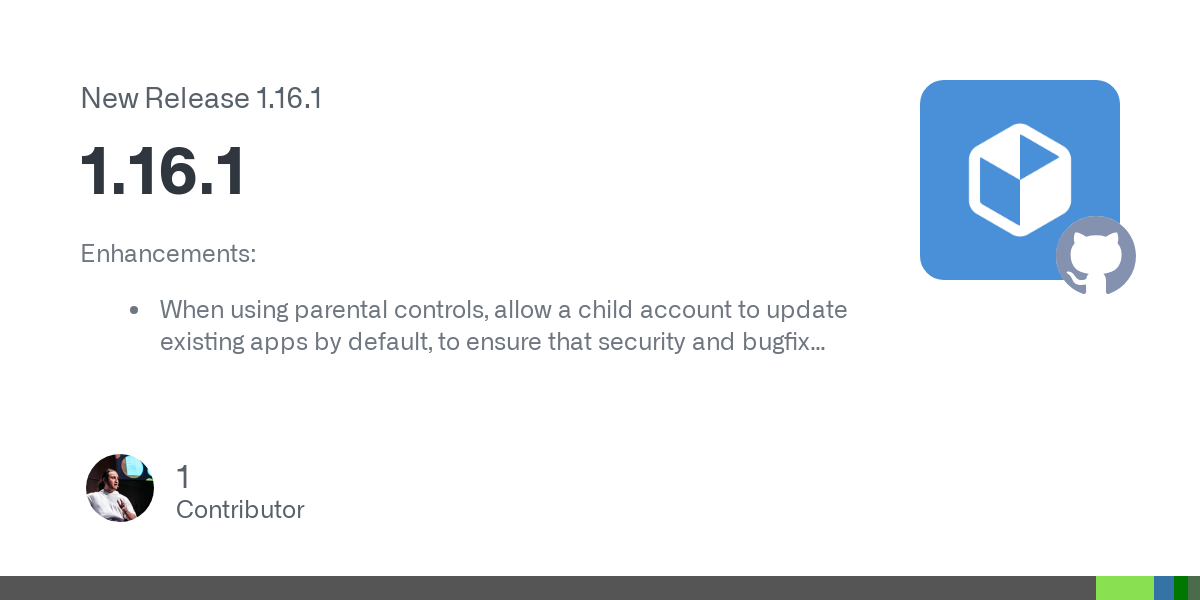This also also affecting me. Though it was just because I was unaware of the USB wake function. Since I have, I made it a habit to suspend, then immediately lift up my mouse to turn it off. Though I guess that’s not an option for wired mice.
Leaflet
- 14 Posts
- 17 Comments

 7·21 days ago
7·21 days agoI run Fedora Silverblue on a N100.
It’s very usable. For most actions, it feels pretty similar to my much more powerful desktop. but has some limitations.
- I am able to run two 1440p monitors at 144hz via HDMI, but the screen occasionally blacks out for a second due to HDMI limitations. Running at a lower refresh rate should avoid the issue.
- Gnome shell animations aren’t running at 144hz, even with triple buffering (never tested if it maintains 144hz with just one monitor at 1440p). Haven’t tested KDE.
- I am able to comfortably run Minecraft with 60+ fps with performance enhancing mods, though at like 5 chunks rendering distance. Honestly it’s fun to play this way, feels nostalgic. Though performance will dramatically drop if you try to play a video at the same time, though dropping it to like 480p or even 720p helps a lot.
The battery life is still better than most laptops, but yeah, not as good as MacOS.
Might end up buying a Pixel 9A to make sure that Anubis keeps working on GrapheneOS.
- Xe, the Anubis developer

 5·23 days ago
5·23 days agoThe touchpad would be very unresponsive for several minutes after waking from sleep. It would still work, but had a crazy latency. Happened in both Windows and Linux.
I believe I could’ve hacked around it with this command.

 14·24 days ago
14·24 days agoI use Silverblue and MacOS daily, I enjoy the former so much more.
Unfortunately my relatively new Lenovo laptop has a small but also major driver bug that hasn’t been fixed in all the time I’ve had it. Bad to the point I got the Mac to have actual working hardware. But I do not enjoy MacOS in the slightest. At best I can say it harasses you less than Windows and respects the user a few degrees more than Windows.

 3·25 days ago
3·25 days agoThat’s what I’m saying. The OS installer can be super nice and intuitive, but the process of getting to that point, messing with the BIOS, is troublesome.
I know in the past there’s been tools that allowed you to install Linux from within Windows. That would be a great way to work around this problem, though I think there are certain limitations with that approach.

 322·26 days ago
322·26 days agoA person can only specialize in a small number of things.
I’m happy to learn about computers, but when it comes to, say, cars, I have no desire to learn. If I have a car problem, I don’t have the knowledge of how to even look up a problem.

 93·26 days ago
93·26 days agoHonestly I think the bigger barrier is the BIOS. The button to get to the boot menu is different on every motherboard.

 1·1 month ago
1·1 month agoWasn’t vertical integration, was done by packager.
We don’t believe that the openSUSE Deepin packager acted with bad intent when he implemented the “license agreement” dialog to bypass our whitelisting restrictions. The dialog itself makes the security concerns we have transparent, so this does not happen in a sneaky way, at least not towards users. It was not discussed with us, however, and it violates openSUSE packaging policies.

 0·1 month ago
0·1 month agoNot by default, but you can optionally enable it.

 1·1 month ago
1·1 month agoMajor people of the project had moved on. It’s being maintained, getting security fixes, but pull requests are slow to be merged.

 0·1 month ago
0·1 month agoDon’t believe so, best that’s currently available is skimming through the video to look at the slides.
Here’s my short summary of the presentation, I tried to denote what’s being worked on (open PR), what’s kinda being done (WIP), and things stuff they’d like to be done in the future (wishlist). May be somewhat wrong.
- Flatpak is stagnant
- Red Hat is working on a better way to preinstall flatpak apps (open PR)
- Flatpak should is slowly moving towards OCI and away from ostree (more tooling available, don’t need to maintain their own tools)
- Better permission handling that is more backwards compatible (open PR)
- Should directly use Pipewire instead of Pulseaudio (WIP)
- Allow user namespaces in flatpak sandbox (WIP)
- Move dbus proxying into dbus brokers (wishlist)
- Improve network sandboxing (wishlist)
- Improve drivers handling, currently drivers need to be built for each runtime, could cause issues if using EOL app on new hardware (wishlist)
- Work on portals directly improves flatpak

 1·1 month ago
1·1 month agoFOSS also depends on them, many FOSS contributors are employed by proprietary companies.

 0·2 months ago
0·2 months agoI haven’t watched the video yet, but keep in mind “resource usage” being lower isn’t always better.
For example, Plasma had an issue for some people where animations would not happen, freeze the system momentarily, and stutter. The reason why turned out that these people were using slow drives. Plasma was trying to load the bytecode for the QML animations from disk, but the IO operation took too long so the animation suffered. Had this bytecode been stored in memory, the performance would have been better.
But I also don’t want to discount the fact that some (perhaps most) of the time, high resource usage is a bad thing caused by poor programming and using technologies that are heavier, like Electron. Whether those tradeoffs are worth it are another matter.
I wish more developers actually used their software low-end devices to find performance issues. I recently got an Intel N100 and it’s actually been a decent experience on Linux, though Gnome shell’s animations are a bit stuttery even on Gnome 48. Haven’t tested any other desktop though.
The traditional insecure global shortcuts system works in Xorg.










You could install Linux Mint onto a flash drive. Though keep in mind that flash drives aren’t that robust, the flash chips are cheaper and will fail faster than SSDs.